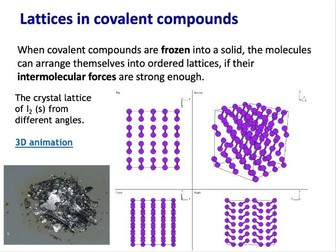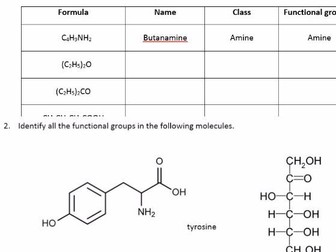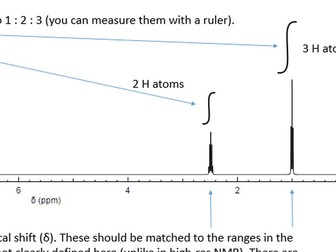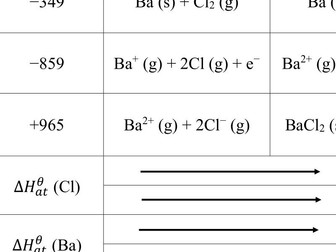Atomic structure
Introduction to atomic structure, designed for teaching Atomic Structure in the IB Diploma Programme, but is useful for any KS4 or KS5 course. There is a little exercise at the end of the KS4 bit to practice working out number or protons, electrons and neutrons in different atoms and ions. There is a different one including isotopes. It might be necessary to remove ions from this table if not discussed yet.
Following that is more higher-level stuff on atomic orbitals, the Aufbau principle, etc.
I updated this in November 2016 to reflect the changes to the IB syllabus, but there are some bits missing, notably mass spectra, calculations for electron transitions and some more detail on ionization energies.





